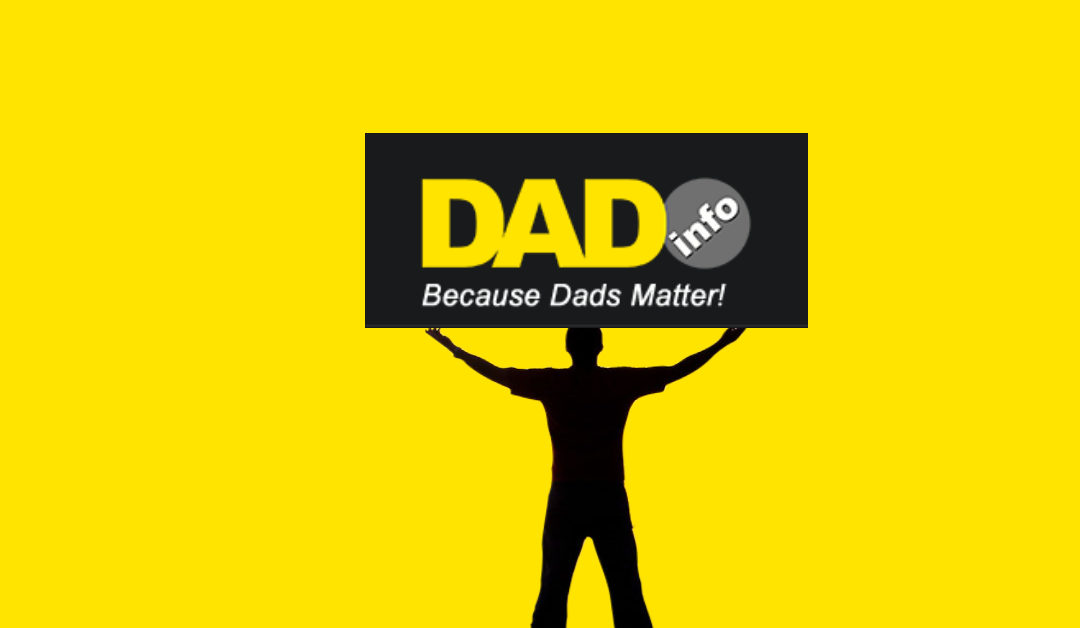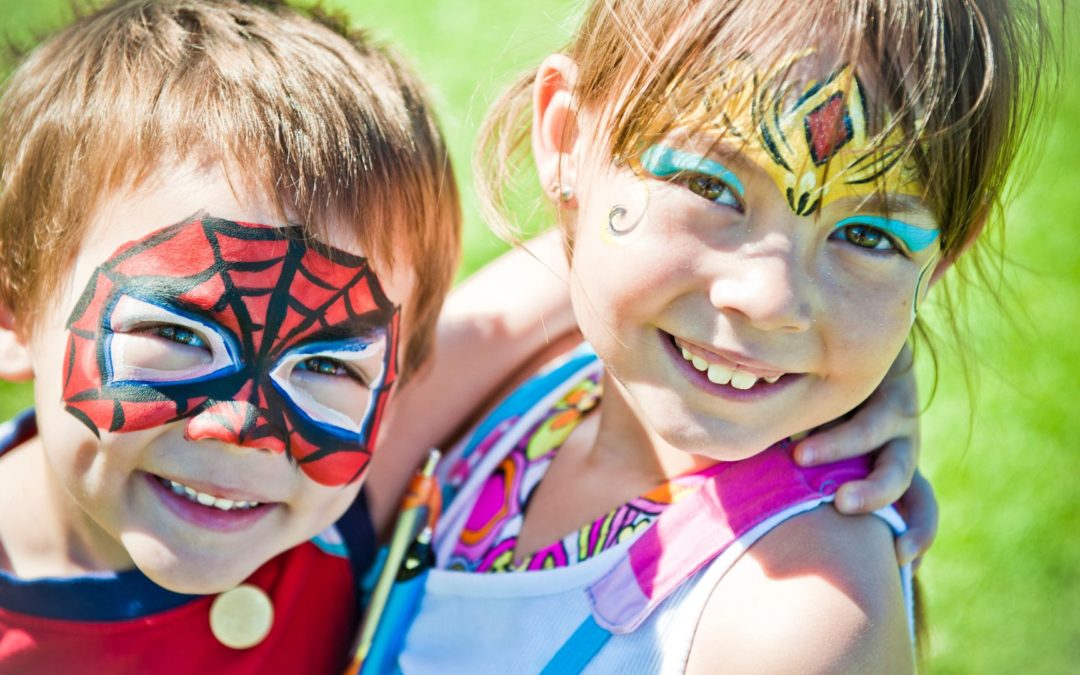A slipped disc is sadly a common condition what options are available for treatment?
A slipped or herniated disc refers to a condition where the centre of a spinal disc bulges outwards and presses onto a nerve. The spinal discs act as shock absorbers and through a variety of causes, including injury, poor posture and general “wear and tear” (meaning gradual deterioration), the walls of the disc can become weaker. If the centre of the disc pushes out, this can cause the disc wall to bulge and that can be when pain strikes.
There are six steps of management to consider in this situation:
1. Pain killers
With a disc problem or simple back pain, the first thing the NHS recommends is to take some anti-inflammatories such as ibuprofen. Relieving pain is the first step to being able to move, because if you can move, the mechanisms which keep our backs healthy can operate.
In approximately 90% of cases, back pain resolves within six weeks. But if the pain isn’t going away or it is so severe that you can’t carry out your normal functions, then some form of manual therapy is advisable.
2. Manual Therapy
Some conditions have built up over time leaving the spine stiff and unable to move properly. This can put tremendous pressure on the discs. So, generally speaking, manual therapists will seek to ease muscle spasm and then, through either some manual mobilisation or manipulation, free the joints which may be stuck. They will also look at how our bodies are moving.
Often some gentle stretches and exercises can help to get movement back, all with the goal to help the body heal itself. Typically, four to six sessions are enough, although you may need additional exercise sessions.
3. IDD Therapy
IDD Therapy is the next step when manual therapy and exercise alone aren’t enough. IDD Therapy is a computer-controlled treatment which helps physiotherapists to decompress the specific spinal segment where the disc is “slipped” or herniated.
Patients lie on a treatment couch where they are connected to a machine with a pelvic harness and a chest harness. The IDD Therapy machine then applies a gentle pulling force at a precise angle to take pressure off the targeted disc and to gently mobilise the joint and surrounding muscles.
The goal with IDD Therapy is to relieve muscle spasm, reduce or reverse disc bulging and gently stretch the tissues to free the movement in the spine. As pain subsides therapists use gentle exercise and possibly some manual therapy to strengthen the back or neck to help avoid a recurrence.
IDD Therapy is still relatively new to the UK but there is a network of providers around the country.
4. Injections
When a patient has a slipped disc and pain, there can be inflammation in the area. This inflammation can cause pain on its own. A steroid injection with or without some local anaesthetic may be given to reduce the inflammation. Injections can provide temporary relief with the goal to create a window of pain relief where the body can move or where therapists can work with a patient to address the causes of the problem.
There is controversy about the effectiveness of injections because injections do not address the causes of the problem. Hence why many NHS trusts are scaling back the availability of injections as the cost/benefit is not clear.
5. Surgery
Spinal surgery can be a very important step for patients with a slipped disc which has not responded to any of the treatments described. This is particularly the case if the disc is putting pressure on nerves to such an extent that it causes weakness in the legs or arms, or in very severe cases, if a slipped disc puts pressure on the spinal cord and affects our bowel or bladder control, then emergency surgery can be essential.
The most common surgery for a slipped disc is a “microdiscectomy”. If the disc material is stubbornly pressing on a nerve, the offending disc material may be cut out surgically and removed.
Surgery can remove the pain immediately. However, it’s not without risks and doesn’t address the causes which led to the weakness in the first place.
6. Other Treatments
Yoga and Pilates can be helpful in maintaining your body once you resolve the pain. It’s important to find a teacher who suits you and understands your condition.
We hear a lot about “core muscles” and whilst there’s some debate about how important our core is, generally the more our muscles can support our spines and move freely, the better our discs are protected.
Acupuncture can relieve muscle spasm and back pain, although for a slipped disc it would work best in conjunction with manual therapy and IDD Therapy rather than as a stand-alone treatment.
What’s Next?
We are potentially going to see more slipped discs because generally people are less active than they used to be and spend a lot more time sitting. Discs hate to be squashed!
There is a general move in healthcare away from invasive treatments such as injections and surgery, and the emergence of treatments like IDD Therapy, which has replaced traction, means that, combined with increased knowledge about the spine and exercise, we can keep more people on the non-invasive side of spine care.
If pain is persisting longer than six weeks, I would advise seeing a professional who works with spines, just to make sure that something short term doesn’t progress into something more debilitating and long term.
ABOUT THE AUTHOR Neil Velleman is a back pain expert, IDD Therapy provider and owner of Atkins Physiotherapy Consultants in Essex.
Neil Velleman is a back pain expert, IDD Therapy provider and owner of Atkins Physiotherapy Consultants in Essex.
‘Intervertebral Differential Dynamics” or IDD Therapy is the fastest growing non-surgical spinal treatment for intervertebral discs with over 1,000 clinics worldwide and 34 clinics across the UK. Safe, gentle and non-invasive, IDD Therapy helps patients who need something more for their pain when manual therapy alone is insufficient to achieve lasting pain relief. http://iddtherapy.co.uk/
Facebook: IDD Therapy Europe Twitter: https://twitter.com/iddtherapyeuro









